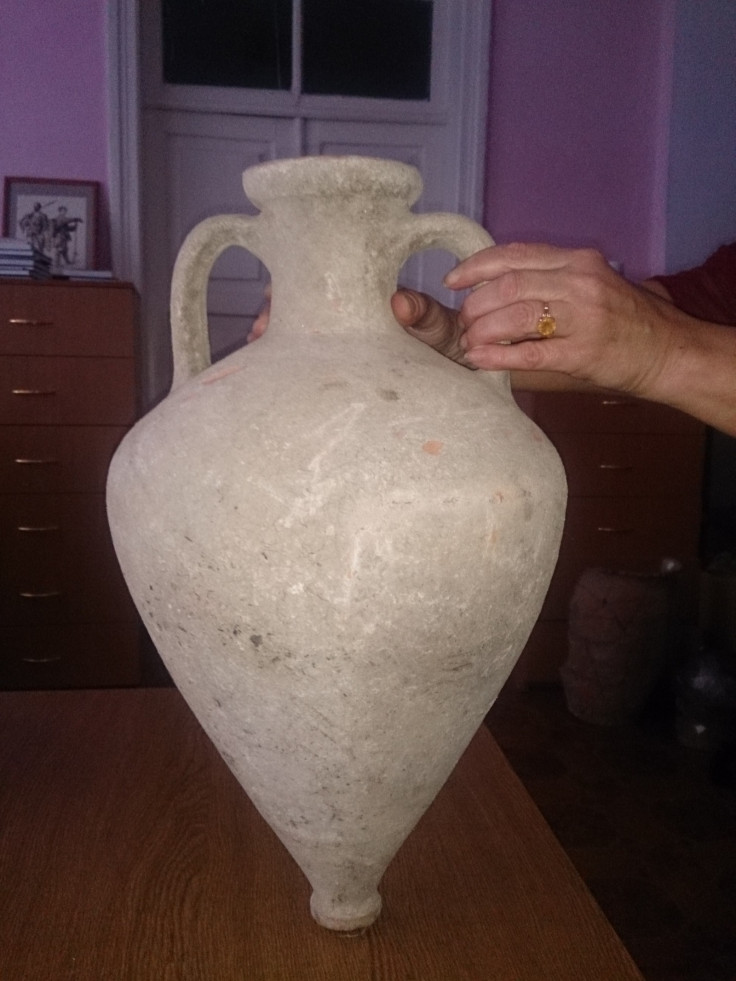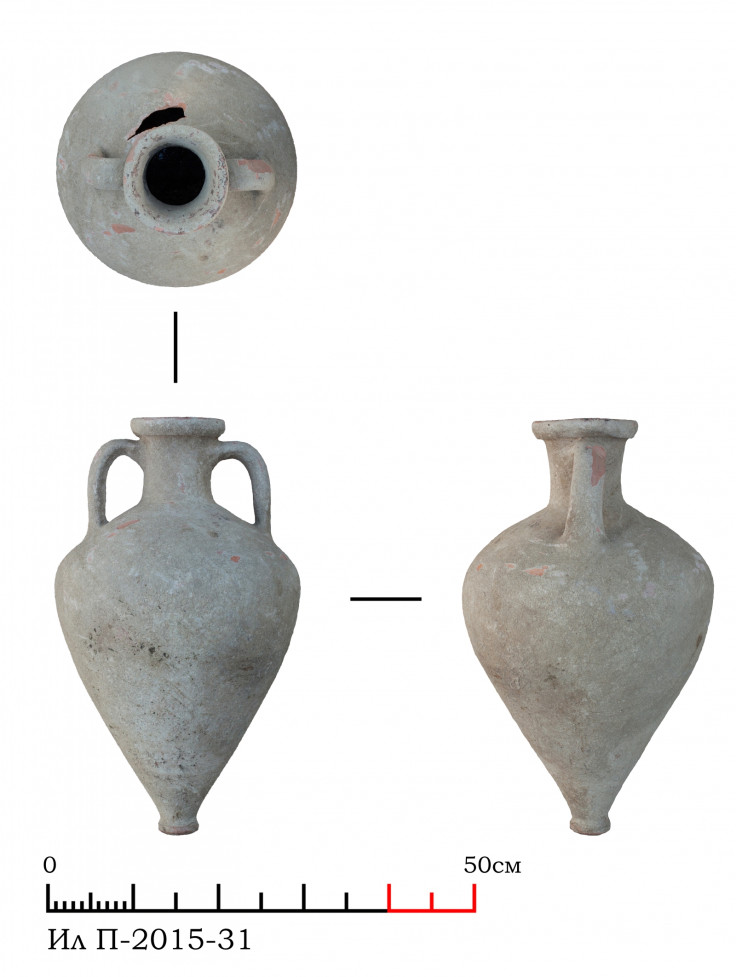Ode to a Grecian Urn: Oldest known Greek vase with asphalt discovered in Taman Peninsula
The Greek ornamental vase appears to date back to the 5th century BC.

Russian archaeologists have discovered an ancient Greek urn full of dense bitumen in the Taman Peninsula on the Black Sea. A sophisticated mass spectrometry method allowed them to date it back to 2500 years ago – making it the oldest known amphora (vase) in the world to contain bitumen, or asphalt.
In a study, published in the Journal of Mass Spectrometry, scientists from Moscow Institute of Physics and Technology detail how they have examined the content of the vase to determine its age and how their findings could offer clues about the sort of trade developed by ancient Greeks with Russian territories.
Bitumen analysis
A form of distilled petroleum found in natural deposits, bitumen was used by humans since the Stone Age.
"Pre-Babylonian inhabitants of the Middle East (2500 BC) used asphalts as adhesive material for production of decorated statues. Early Egyptians coated mummies with asphalt – the word "mummy" comes from Persian 'mummiya', which means bitumen", study author Evgeny N Nikolaev, told IBTimes UK.

The ancient Greeks used bitumen in a variety of fields, from construction and medicine to warfare. One hypothesis is in fact that the 'Greek fire' – a legendary Greek combustible compound emitted by a flame-throwing weapon used to set light to enemy ships - was based on bitumen.
The scientists used mass spectrometry to precisely date the bitumen in the amphora. The technique sorts charged particles in an electric or magnetic field based on their mass-to-charge ratio.
This enables scientists to separate and identify the substances in a sample, to determine how old it is by looking at the oxidation of molecules.
Among substances in the Taman bitumen sample, most have four to nine oxygen atoms. Samples of non-degraded petroleum contain very few compounds with over three or four oxygen atoms.
"Over the years, the bitumen is subjected to various processes of degradation, for example biodegradation. Such processes can lead to the oxidation of molecules and as a consequence to the introduction of the functional groups into those molecules. It is known that oxygen containing compounds of non-degraded oil consist only of a few oxygen atoms, and biodegradation results in the increase of number of oxygen atoms", Nikolaev explains.

This suggests that the Taman sample bears the effect of prolonged oxidation. The degree of this oxidation has allowed the scientists to date the sample to 5th century BC.
Most ancient amphora with bitumen
The findings also allow researchers to get a glimpse of the past and confirm that Greeks imported bitumen from the Taman peninsula as far back as two millennia.
"This is the oldest amphora in the world that contains bitumen. The Greeks populated all the coast of the Black Sea in the ancient time. The Taman peninsula is a region of high volcanic activity and there are many petroleum seeps", says Nikolaev.
"It is highly possible that Greeks transported the bitumen from Taman to the Greece and used it there for the construction, medicine and defence".
© Copyright IBTimes 2025. All rights reserved.






















